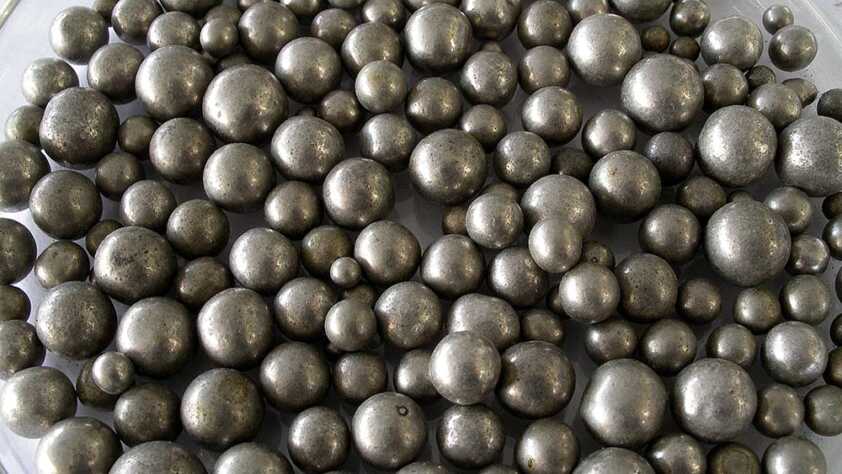After contracting by 2.7 per cent in 2016-17, the WA economy is estimated to grow by 2.5 per cent in 2017-18 and by a further 3.25 per cent in 2018-19, largely fueled by exports of these key commodities.
The Chamber of Minerals and Energy’s (CME) acting chief executive officer Nicole Roocke said the state budget demonstrates that when the resources sector is doing well, the state of Western Australian does well given the vital role the resources sector plays in strengthening the economy and creating jobs for Western Australians.
“With increases across most commodities, royalties from the resources sector are forecast to inject $5.9 billion into the WA economy in 2018-19, significantly boosting the Government’s efforts to reduce State debt, which is projected to reach $36 billion,” Ms Roocke said.
“WA’s LNG exports are projected to increase by around 70 per cent in the three years until 2019-20 to almost 50 million tonnes accounting for around 10-15 per cent of expected global production.
“Lithium is also shaping up to be an emerging area of strong growth and expected to contribute a growing share of mineral production and exports in the next four years.
“Given the resources sector’s significant contribution to the State’s finances, it is essential the Government does not move to introduce any increase in royalties and taxes in future years that will cripple exploration and threaten job growth and investment in WA.
“Such a move would be counterproductive when you consider the majority of any royalty increase is taken out of WA through the GST system. For example, 70-80 per cent of lithium royalties will be redistributed to other States through GST.”
Ms Roocke said the 2018-19 State Budget included several measures that would place cost pressures on the sector, including:
• an annual 6 per cent increase to mining tenement rents over the next two years resulting in the industry self-funding the Exploration Incentive Scheme (EIS);
• $25 million through the removal of the sector’s exemption from the Building and Construction Industry Training Fund (BCITF) levy;
• additional revenue through cost recovery for environmental regulation services undertaken by the Department of Water and Environmental Regulation; and
• the continued increase in payroll tax over the next four years, which will be paid largely by WA’s iron ore industry.
Ms Roocke said the industry would welcome the Government’s continued efforts to reduce public sector spending. There is also support for previously announced measures such as:
• continuation of assistance to Western Australian junior iron ore producers to sustain operations and employment, specifically through the extension of port charge relief at Utah Point at Port Hedland and Geraldton Port;
• a freeze on vocational education and training course fees to 2021;
• $3.4 million over the next four years to expand the State’s STEM Strategy;
• $5.5 million to support the State’s bid to host the headquarters for the New Energy Industry Cooperative Research Centre;
• $16 million for the continued implementation of the Aboriginal Ranger Program over the next four years; and
• $15.3 million over the next four years to establish Infrastructure WA.
Ms Roocke said with another 20,000 local jobs expected to be created in 2018-19, WA’s resources sector would continue to play a major role in securing and growing the State’s economic future and helping the state government to fund education, healthcare and government services.







